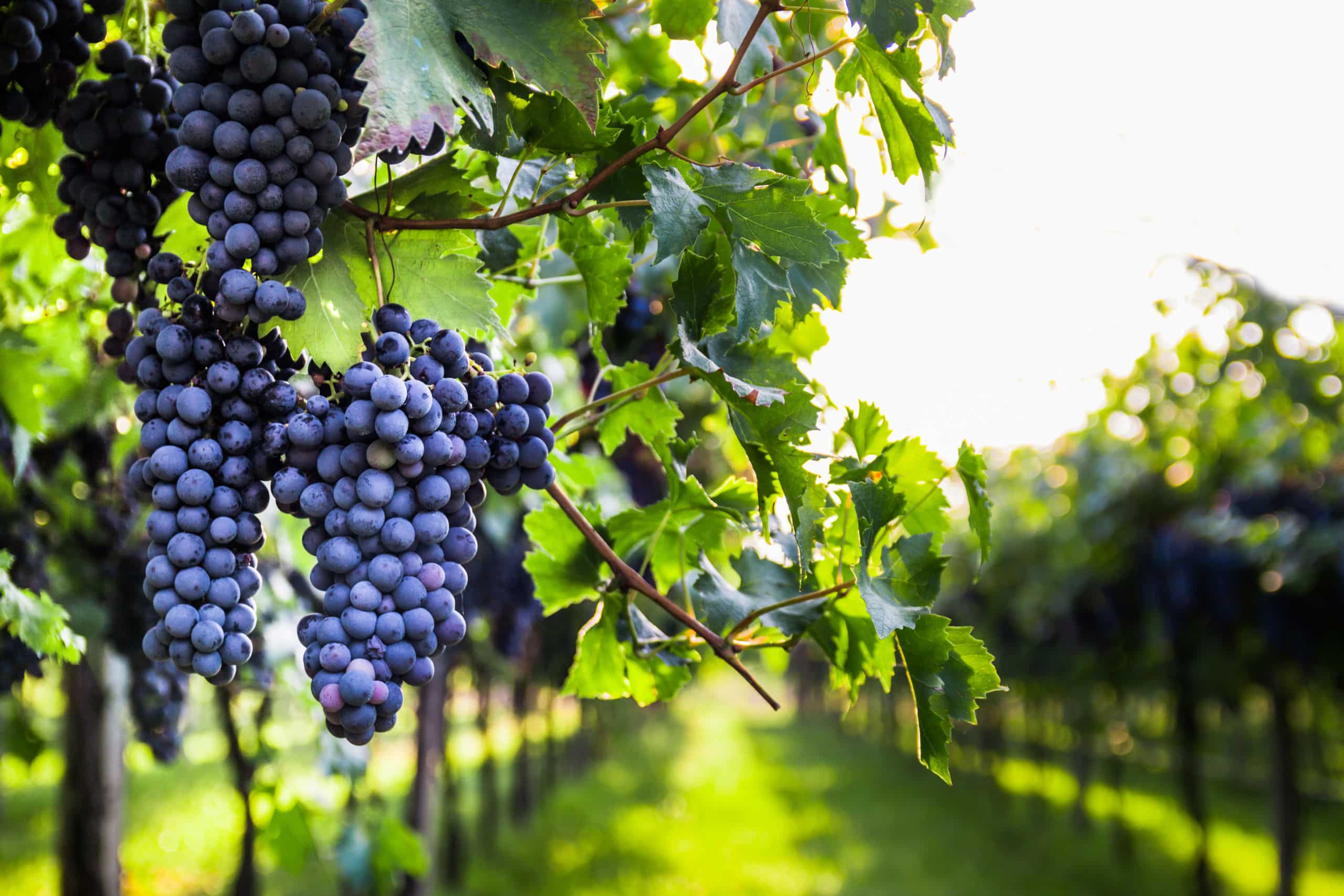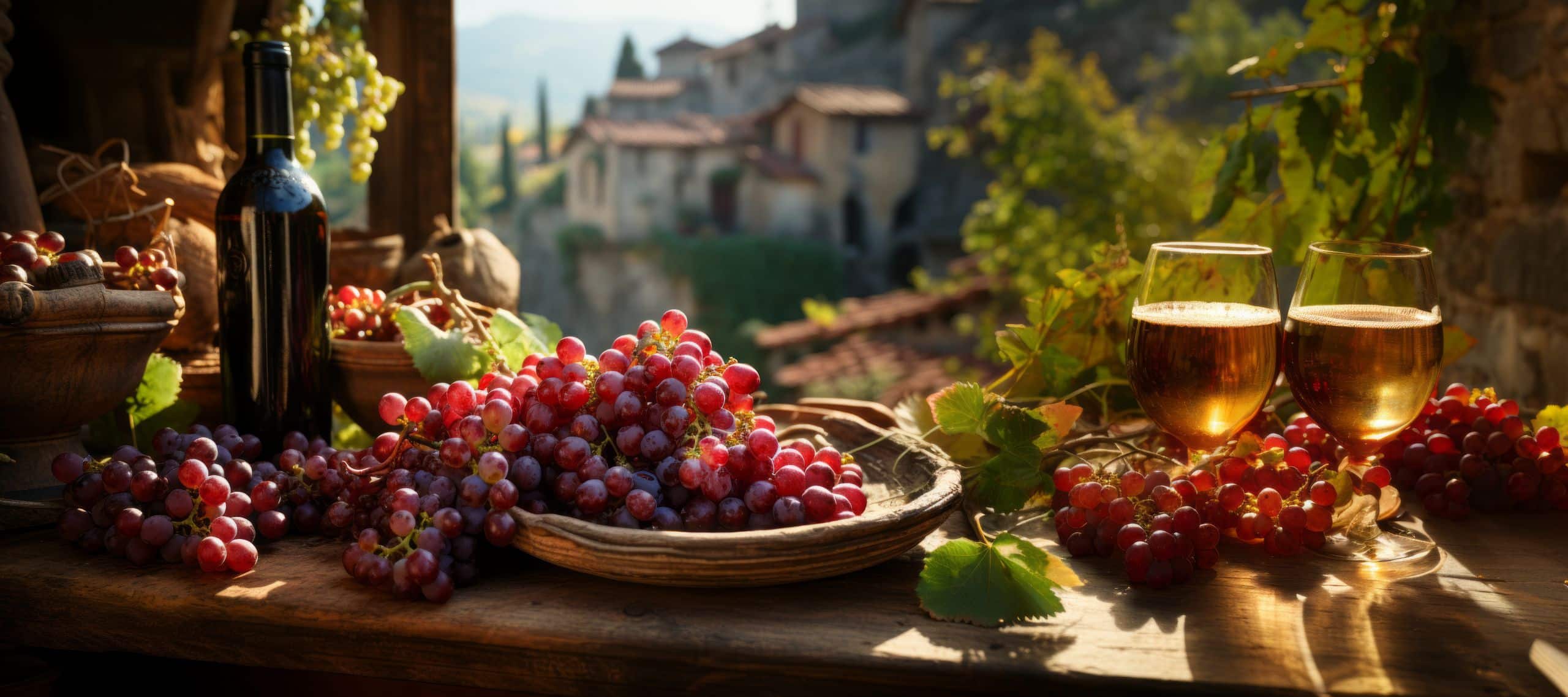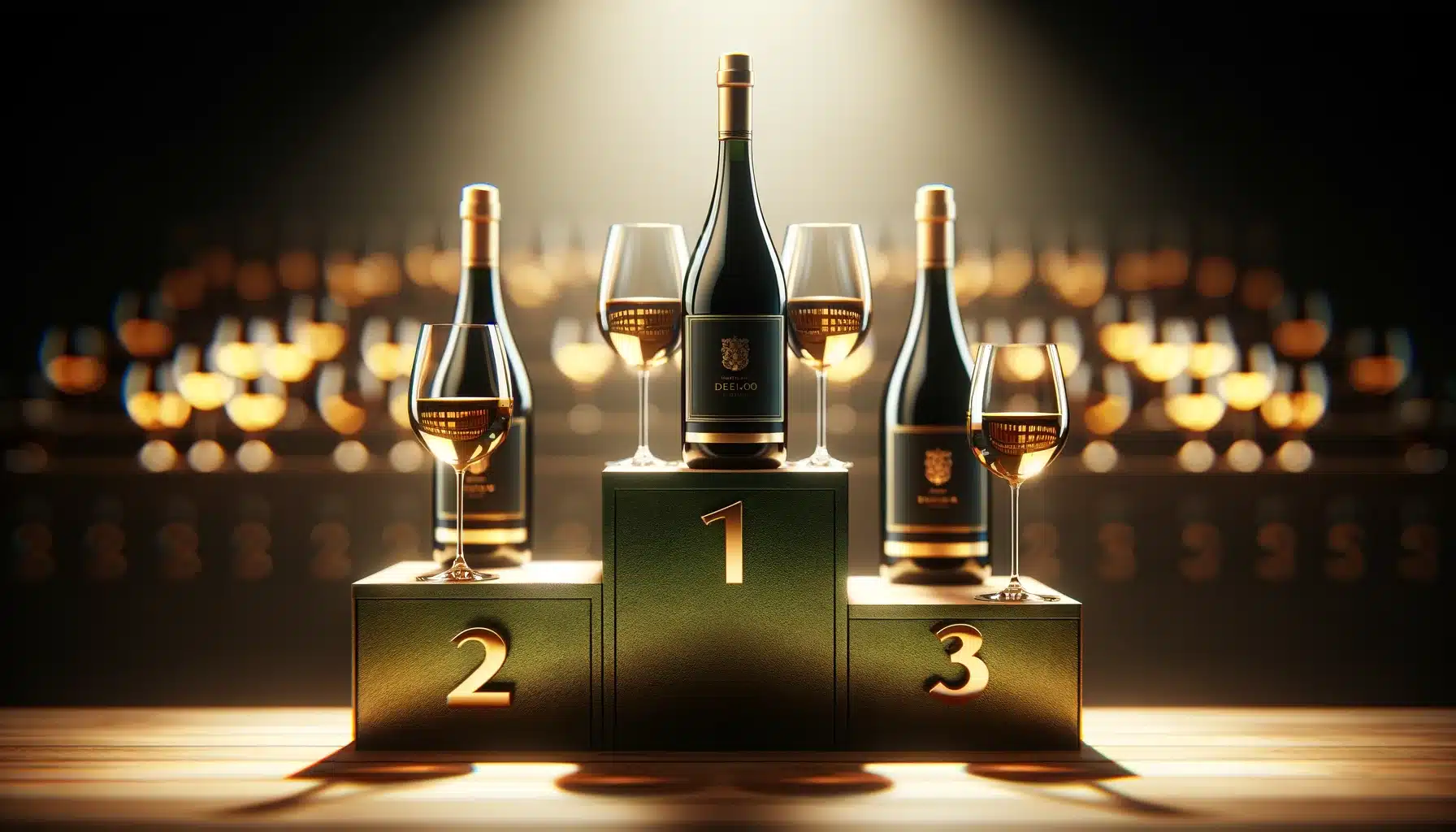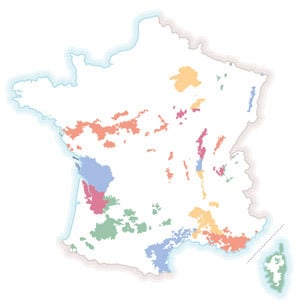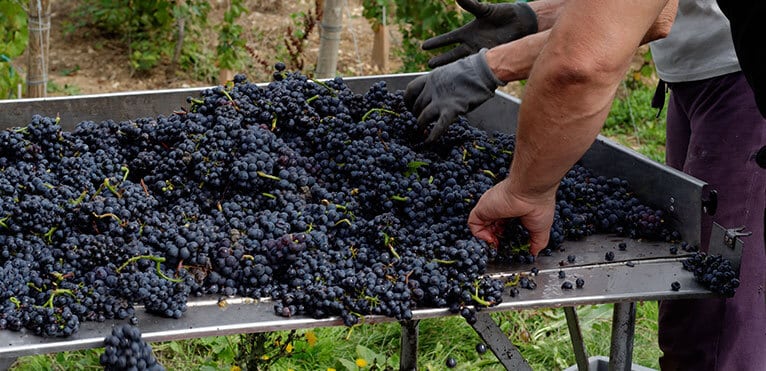
Contents
Sorting is one of the first steps after harvesting. Once the grapes have been harvested and transported to the winery, they are sorted to select the best berries.
The quality of a grape berry varies greatly from one vintage to another, depending on climatic conditions. Sorting is an essential part of the wine-making process, as it allows the winemaker to remove any undesirable elements that could alter the quality of the wine.
Good and bad berries
When making most wines, the winemaker considers all berries affected by any kind of acid rot, such as mildew, or grey rot, such as botrytis, to be undesirable.
This vine disease poses a danger to the rest of the winemaking process, potentially turning the wine sour. The stakes are therefore high.
Berries that are not ripe enough for the winemaker’s taste are also discarded. Grape maturity is crucial to the winemaker’s desired style of wine. To create a harmonious wine, all the berries selected must have the same physiological properties, such as sweetness and acidity, and phenolic properties, such as anthocyanins (coloring particles present in the skin) and tannins.
Plant materials
Finally, most winemakers also take advantage of the sorting process to remove any remaining plant matter such as leaves or petioles (stems), which can give astringent notes to the wine if they are present in the vat during vinification.
However, some winemakers decide to keep these plant parts, such as the bunches, to give the wine extra tannicity: this is known as whole bunch vinification.
As for the sorting method, the winemaker can choose between manual or optical sorting. Optical sorting is more precise and faster: the berries pass through a machine capable of sorting almost 15 tonnes of grapes per hour with incomparable precision. However, such an installation is very expensive, which is why many winegrowers still work by hand, using a conventional sorting table, a little elbow grease and, above all, a lot of patience!
Photo : Adobe Stock – photongrandcru
